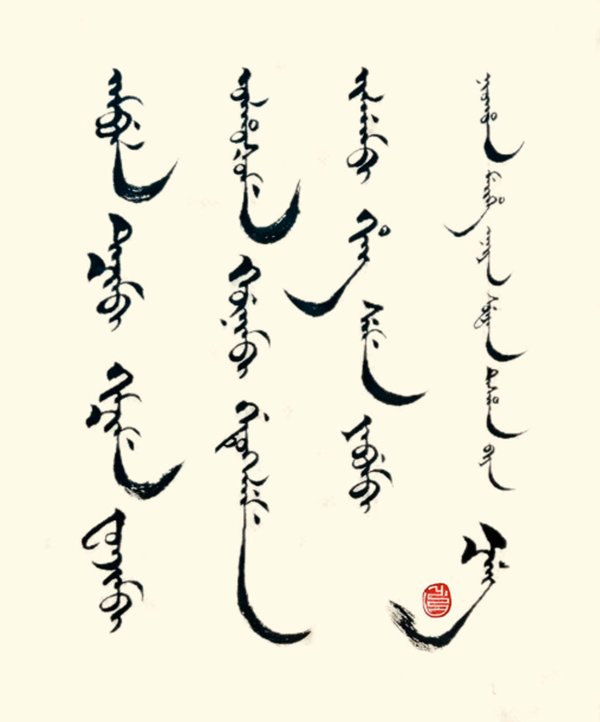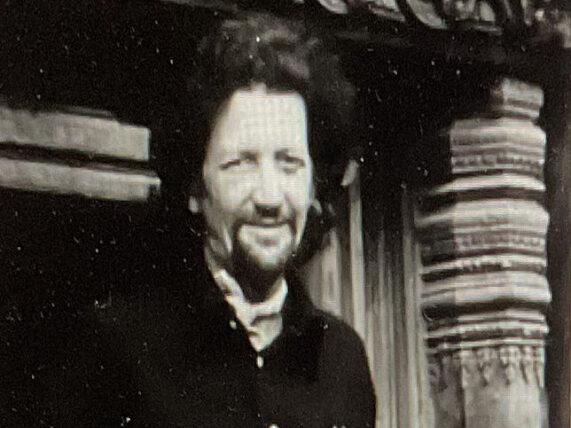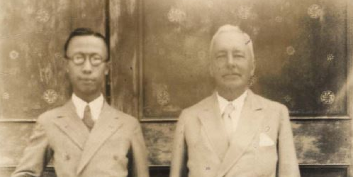The Case of Bishop Christopher Sanders - An Unsettling Normality within the Roman Catholic Church
By Matthew McMahon – BSc Politics, Philosophy and Economics
Source: New York Times opinion piece titled ‘The Scandal in the Catholic Church’. Written by Patrick Chappatte, 2018.
In February 2024, Bishop Christopher Sanders was finally arrested and charged with 19 offences, including rape, indecent assault and indecency in dealing with a child as a person of authority.
This followed a ‘Vos Estis’ investigation which was ordered by the Vatican, a new form of internal clerical inquiry set up by Pope Francis to combat sexual abuse, the first of its kind in Australia.
The Holy See has become the deciding body in determining the fate of those charged with the sexual abuse of minors within various dioceses, as police investigations had failed prior to such action.
The willingness of the Catholic Church to cover up such atrocities remains disconcerting. The former priest turned whistleblower, Patrick Wall, has described the measures taken by the Catholic Church as being “in the DNA of the Roman Catholic Institution.”
Christopher Saunders was ordained in 1976 as a priest within the remote dioceses of Broome in northwestern Australia in 1995. He was named Bishop, overseeing nine remote parishes.
The position was held by Sanders until he voluntarily stepped down in March 2020, following the first accusation of sexual misconduct by the police as part of Operation White Plane.
Four years later, Saunders, 74, was arrested on two counts of rape, 14 counts of unlawful and indecent assault and three counts of indecency in dealing with a child as a person of authority.
These incidents allegedly occurred in remote West Australian towns between 2008 and 2014. To these charges, Mr Sanders has indicated that he will plead not guilty. He is one of the most senior Catholic clerics to ever face charges of this nature.
The judicial condemnation of Bishop Sanders is part of a paralleled investigation ordered by the Police and the Pope and remains an anomaly in the history of the sexual abuse scandal that faces the catholic church.
The scale of such issues points to inherent structural processes allowing for the perpetration of such acts going unpunished and unreprimanded.
Although accusations date back to the 1950s, molestations at the hands of priests were only given media attention in the 1980s when increasing allegations were aired in the United States and Canada. The phenomenon grew to become global with emergencies of similar situations in Argentina, Australia, Ireland and the United Kingdom to name a few.
Father John Purnell of Broome described the situation as “just sad that the longer this goes on, the more damage is done to the church’s reputation.”
Catholic institutions around the globe were aware of such implications and had taken matters into their own hands to ensure that their reputations remained untarnished.
Victims were attacked and accused of lying in their accusations, being subjected to physical or psychological blackmail. When such tactics prove ineffective, they resort to different means in order to control the rhetoric.
Between 2000 and 2010, 3 billion dollars in payouts were made by US dioceses to settle victims’ claims. The chances for victims have since not improved, with millions of dollars being invested in lobbying each year paired with the hiring of top lawyers, judiciary processes remain inevitably influenced.
What is to happen to the clergymen guilty of such offences? The Geographical Solution, a term introduced by Patrick Wall, is a method of offender reallocation. If a sexual misconduct complaint is brought forward, the preparation is swiftly moved to a different diocese nationally or internationally where the allegations are not known. It is there that they may resume their daily duties, in contact with vulnerable minors.
The Vatican has notably been linked with such practices, with 4 of the 10 cardinal advisors to the Pope having been investigated by their respective national investigative bodies on such allegations. The Roman Catholic church has deemed the practice of priests more important than the safeguarding of minors.
However, notable strides have been made in the right direction. With increased external investigations being audited, clergymen more likely than not face exclusively internal trials. Pope Francis has sought to right the wrongs of John Paul II, with calls for ‘decisive action’ early on in his tenure.
Despite his strong public stance, during his time as the Archbishop of Buenos Aires, the current pope, was accused of partaking in victim silencing. Indeed, the documentary media outlet Première Lignes uncovered evidence of Pope Francis’ request for a forged testimony to be made and presented to an appeal judge following the conviction of clergyman Grassi. Internal reports describe the Pope’s actions as ‘never letting go of the hand’ of the convicted child molester.
The Catholic church possesses a silencing culture protecting those who have abused their positions of power, innocent victims pay the price. In France, an independent inquiry commissioned by the national church found 216 thousand children, mostly boys, have been sexually abused by members of the clergy since 1950.
In the United States, John Jay College of Criminal Justice in New York published a report outlining that, one in 25 priests in America has been accused of child molestation. Of that number, one in 20 are convicted and one in 40 will actually serve time. Journalistic efforts have allowed for great advancements to be made, but structural processes still allow those guilty to walk free – and worse, continue their crimes.




